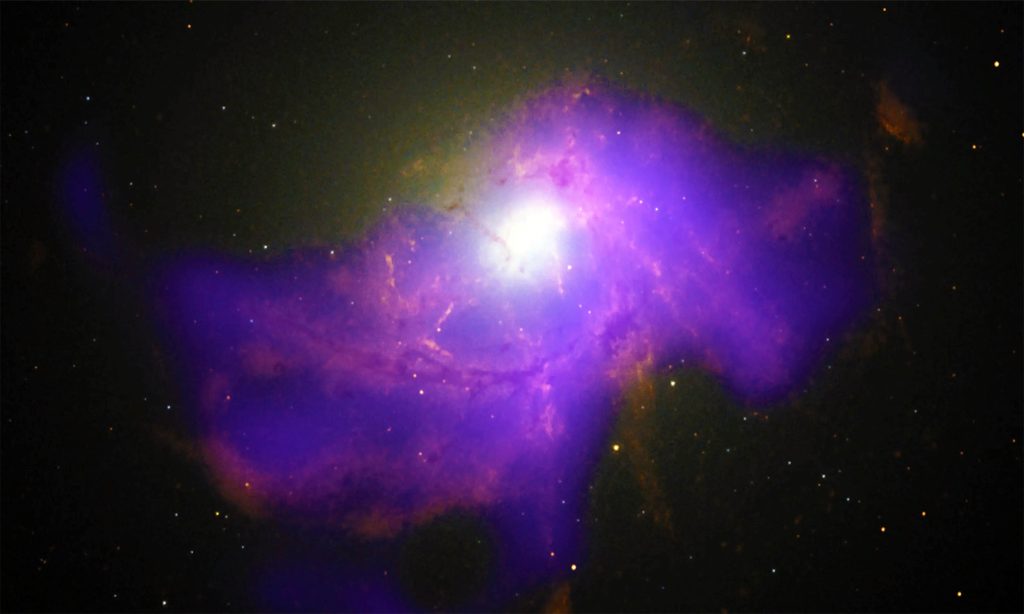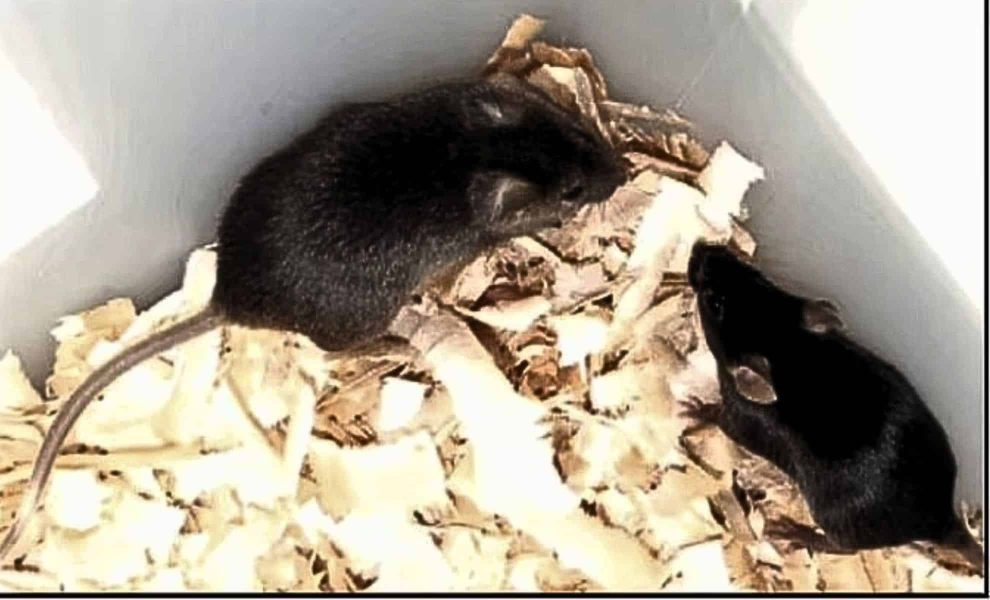Black holes seen ‘cooking’ their own food in fascinating discovery – Earth.com

The manner in which black black holes grow, feed, and sustain themselves has perplexed astronomers for decades. These cosmic giants exert immense gravitational pull, consuming matter that drifts too close. However, a lingering question has remained: can black holes actively contribute to their own feeding process?A recent study provides compelling evidence that they can. The research was based on data from NASA’s Chandra X-ray Observatory and the Very Large Telescope (VLT).Massive black holes appear to influence their surroundings in ways that encourage gas to cool and flow back toward them. This self-sustaining cycle ensures a continuous supply of material, enabling black holes to keep growing.The research was focused on galaxy clusters, which contain the largest galaxies in the universe. At the centers of these clusters reside enormous black holes with masses ranging from millions to tens of billions of times that of the sun.These giants unleash powerful jets as they consume gas, affecting the cosmic environment in ways previously not fully understood.Scientists analyzed seven galaxy clusters to study how black holes interact with surrounding gas. Among the most striking discoveries was that black hole outbursts do not simply push matter away but also contribute to cooling nearby gas. This cooling allows gas to condense into filaments, which then flow back toward the black hole, replenishing it.Two galaxy clusters, the Perseus Cluster and the Centaurus Cluster, provided striking visual evidence of this process.Chandra’s X-ray data revealed hot gas filaments in blue, while the VLT’s optical data highlighted cooler filaments in red. This contrast demonstrated a direct relationship between hot gas cooling and the formation of structures that help fuel black holes.The findings challenge the traditional view that black holes only consume matter passively. Instead, they appear to shape their own environment, ensuring that they always have a source of fuel. This revelation deepens our understanding of how these cosmic powerhouses maintain their activity over billions of years.According to the proposed model, outbursts from black holes trigger turbulence in the surrounding gas. This turbulence leads to the cooling and condensation of gas into narrow filaments, feeding the black hole. The filaments provide a direct pathway for matter to flow back into the black hole’s gravitational grasp. Once this gas reaches the black hole’s center, it fuels an intense outburst, releasing powerful jets and energy waves.This energy expulsion paradoxically causes further cooling in the surrounding hot gas, perpetuating the cycle. The process unfolds in an ongoing loop, with each outburst setting the stage for the next feeding phase.The astronomers predicted that a strong relationship should exist between the brightness of hot and warm gas filaments in galaxy clusters. This study was the first to confirm this connection. In areas where hot gas appeared brighter, the warm gas filaments also showed increased brightness, validating the model.Beyond fueling black holes, these gas filaments have another crucial role: they contribute to star formation. As gas cools and condenses, some of it does not fall into the black hole but instead forms new stars. This discovery highlights the interconnected nature of black hole activity and galactic evolution.Using a novel technique, the research team was able to isolate the hot filaments detected in Chandra’s X-ray data from other structures. This step was crucial in confirming that the observed patterns were indeed linked to black hole outbursts rather than unrelated cosmic processes.One of the most surprising aspects of the study was an unexpected similarity between these filaments and features found in jellyfish galaxies. These galaxies lose gas as they move through space, leaving behind long trailing tails.The resemblance suggests that similar processes may be at play in vastly different cosmic environments. The study brought together an international team of experts specializing in optical and X-ray astronomy, as well as computer simulations. The research was led by Valeria Olivares from the University of Santiago de Chile.The team relied on advanced observational tools, particularly the MUSE (Multi Unit Spectroscopic Explorer) instrument on the VLT. This instrument enabled the researchers to construct 3D views of these distant cosmic structures, providing an unprecedented level of detail.As astronomers continue to explore the nature of black holes and their interactions, studies like this push the boundaries of knowledge.The ability of black holes to influence their environment in such a self-sustaining manner opens new avenues for understanding galaxy formation and the broader structure of the universe.The study is published in the journal Nature Astronomy. Featured Image: Centaurus galaxy cluster captured by Chandra X-ray Telescope. Credit: NASA—–Like what you read? Subscribe to our newsletter for engaging articles, exclusive content, and the latest updates. Check us out on EarthSnap, a free app brought to you by Eric Ralls and Earth.com.—–





